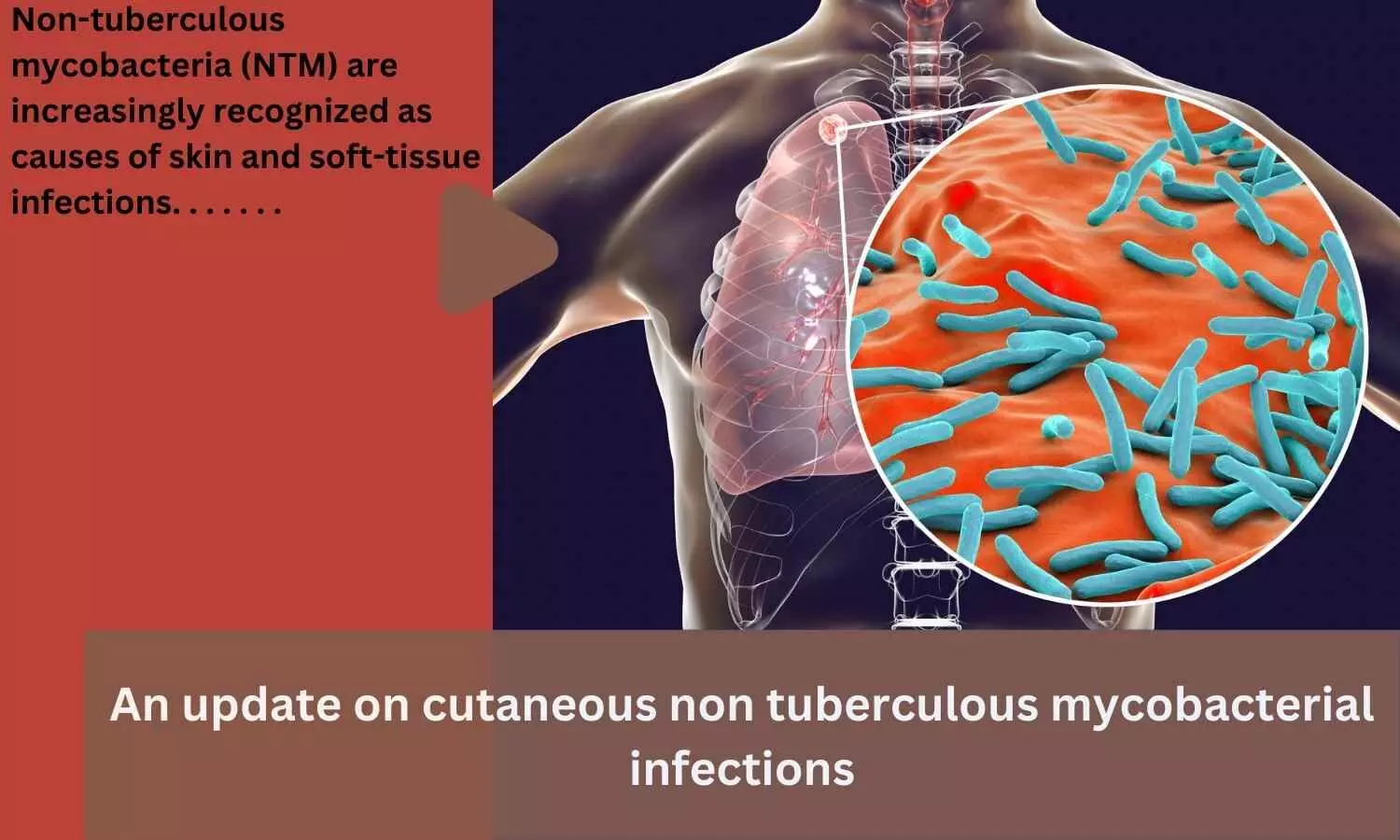- Home
- Medical news & Guidelines
- Anesthesiology
- Cardiology and CTVS
- Critical Care
- Dentistry
- Dermatology
- Diabetes and Endocrinology
- ENT
- Gastroenterology
- Medicine
- Nephrology
- Neurology
- Obstretics-Gynaecology
- Oncology
- Ophthalmology
- Orthopaedics
- Pediatrics-Neonatology
- Psychiatry
- Pulmonology
- Radiology
- Surgery
- Urology
- Laboratory Medicine
- Diet
- Nursing
- Paramedical
- Physiotherapy
- Health news
- AYUSH
- State News
- Andaman and Nicobar Islands
- Andhra Pradesh
- Arunachal Pradesh
- Assam
- Bihar
- Chandigarh
- Chattisgarh
- Dadra and Nagar Haveli
- Daman and Diu
- Delhi
- Goa
- Gujarat
- Haryana
- Himachal Pradesh
- Jammu & Kashmir
- Jharkhand
- Karnataka
- Kerala
- Ladakh
- Lakshadweep
- Madhya Pradesh
- Maharashtra
- Manipur
- Meghalaya
- Mizoram
- Nagaland
- Odisha
- Puducherry
- Punjab
- Rajasthan
- Sikkim
- Tamil Nadu
- Telangana
- Tripura
- Uttar Pradesh
- Uttrakhand
- West Bengal
- Medical Education
- Industry
An update on cutaneous non tuberculous mycobacterial infections
Overview
Non-tuberculous mycobacteria (NTM) are increasingly recognized as causes of skin and soft-tissue infections. They include rapid-growing and slow-growing species.
A recent review article published in the Journal of Skin and Sexually Transmitted Diseases (Scientific Journal) has shown that skin infections caused by non-tuberculous mycobacterial or NTM are challenging in many ways, from non-specific presentations, difficulty in microbiological diagnosis, lack of well-defined treatment guidelines, and varying patterns of antimicrobial resistance.
The article by Mamatha George from Malabar Medical College Hospital and Research Centre, Kerala also highlighted the importance for clinicians to have an in-depth understanding of the condition since the incidence of NTM infections is on the rise.
Hospital outbreaks related to contaminated water and in association with surgical and cosmetic procedures have been described. Infections are also associated with immunosuppression. NTM infections have a wide spectrum of clinical manifestations, though Mycobacterium marinum and Mycobacterium ulcerans manifest characteristic lesions – swimming pool granuloma and Buruli ulcer, respectively.
NTM infection should be suspected when the skin infection does not respond to antibiotics. NTM are acid fast, but will be negative on cartridge based nucleic acid amplification tests for Mycobacterium tuberculosis.
Diagnosis is confirmed by polymerase chain reaction test which is the gold standard. NTM show variable susceptibility to antimicrobials and no clear treatment guidelines are available. Surgical treatment may also be needed in some cases.
Reference: George M. Cutaneous non-tuberculous mycobacterial infections: An update. J Skin Sex Transm Dis doi:10.25259/JSSTD_52_2022.
Speakers
Isra Zaman
B.Sc Life Sciences, M.Sc Biotechnology, B.Ed




